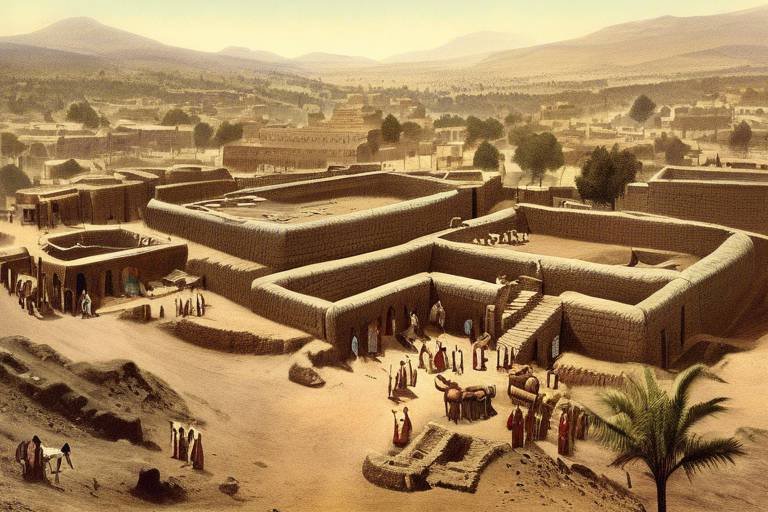The Influence of Ancient Rome on Modern Society
Ancient Rome's impact on modern society is profound and far-reaching, shaping various aspects of contemporary culture, governance, architecture, and language. Understanding these influences provides insights into the development of modern civilization.
When we look at modern architecture and engineering, we can see the lasting impact of Roman innovations. The use of arches, domes, and concrete in Roman buildings has not only stood the test of time but also influenced modern construction practices worldwide. Roman architectural techniques continue to inspire architects and engineers in the present day, showcasing the enduring legacy of Roman design.
Furthermore, the Roman legal system has laid the groundwork for modern legal systems. Concepts such as justice, equality, and the rule of law, which were central to Roman jurisprudence, still form the basis of legal frameworks today. The principles of due process, civil rights, and the separation of powers can be traced back to the foundations of Roman law and governance.
Language plays a crucial role in connecting the past with the present. Latin, the language of ancient Rome, has left a significant mark on modern languages, especially in scientific, legal, and academic fields. Many English words and phrases have Latin roots, underscoring the enduring influence of Roman literature and culture on contemporary language usage.
Political institutions owe a debt to the Roman Republic and Empire, which established enduring governance structures. Concepts like representative democracy, checks and balances, and citizenship rights find their origins in Roman political philosophy. The lessons learned from Roman political administration continue to shape modern governance practices around the world.
Urban planning and infrastructure development have also been influenced by Roman principles. The grid layout of Roman cities, along with the design of roads, aqueducts, and public spaces, has left a lasting impact on modern city planning. The emphasis on civic amenities in Roman urban design has shaped the way cities are organized and developed in the present day.
Art and iconography from ancient Rome continue to inspire contemporary artists and designers. The realism, symbolism, and grandeur of Roman art have influenced artistic expression and aesthetics in modern society. The use of mosaics, frescoes, and sculptures in Roman art serves as a testament to the enduring legacy of Roman artistic traditions.
Religion and mythology have also played a significant role in shaping modern cultural practices. Roman religious beliefs and mythological themes have influenced Western religious traditions and cultural expressions. The adoption of Roman deities and rituals by subsequent civilizations underscores the lasting impact of Roman religion on the development of modern belief systems.
Lastly, the Roman social hierarchy and class structure have left a mark on modern societal norms. Concepts of social status, privilege, and inequality can be traced back to the Roman system of social classes. Understanding the dynamics of Roman society provides valuable insights into contemporary issues of social stratification and mobility.
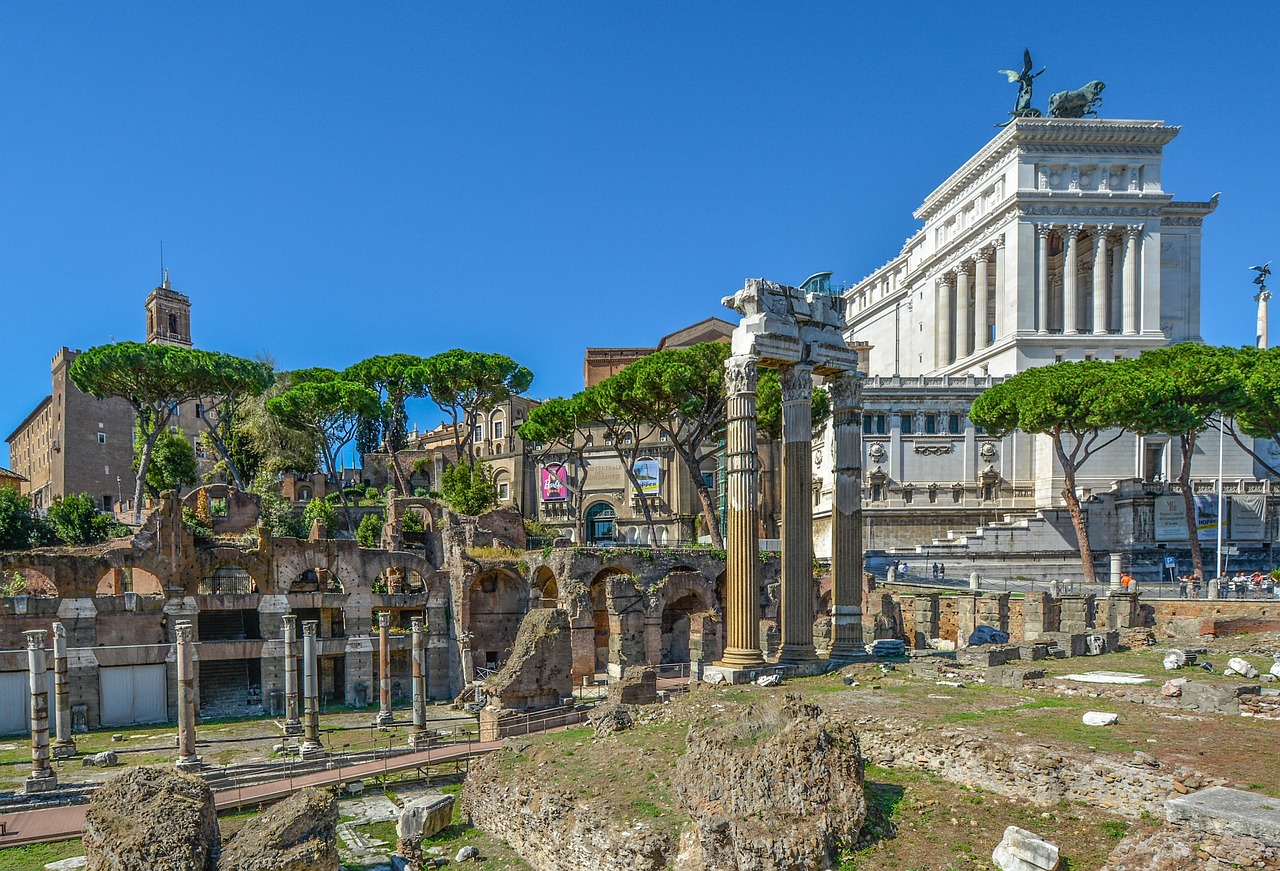
Architecture and Engineering
Roman architectural techniques and engineering innovations have left an indelible mark on modern construction practices and infrastructure development. The utilization of arches, domes, and concrete in Roman buildings not only showcased their engineering prowess but also set a benchmark for architectural excellence that continues to inspire builders and architects worldwide. The iconic structures such as the Colosseum and the Pantheon stand as testaments to the ingenuity of Roman engineers, serving as timeless reminders of the grandeur and sophistication of ancient Roman architecture.
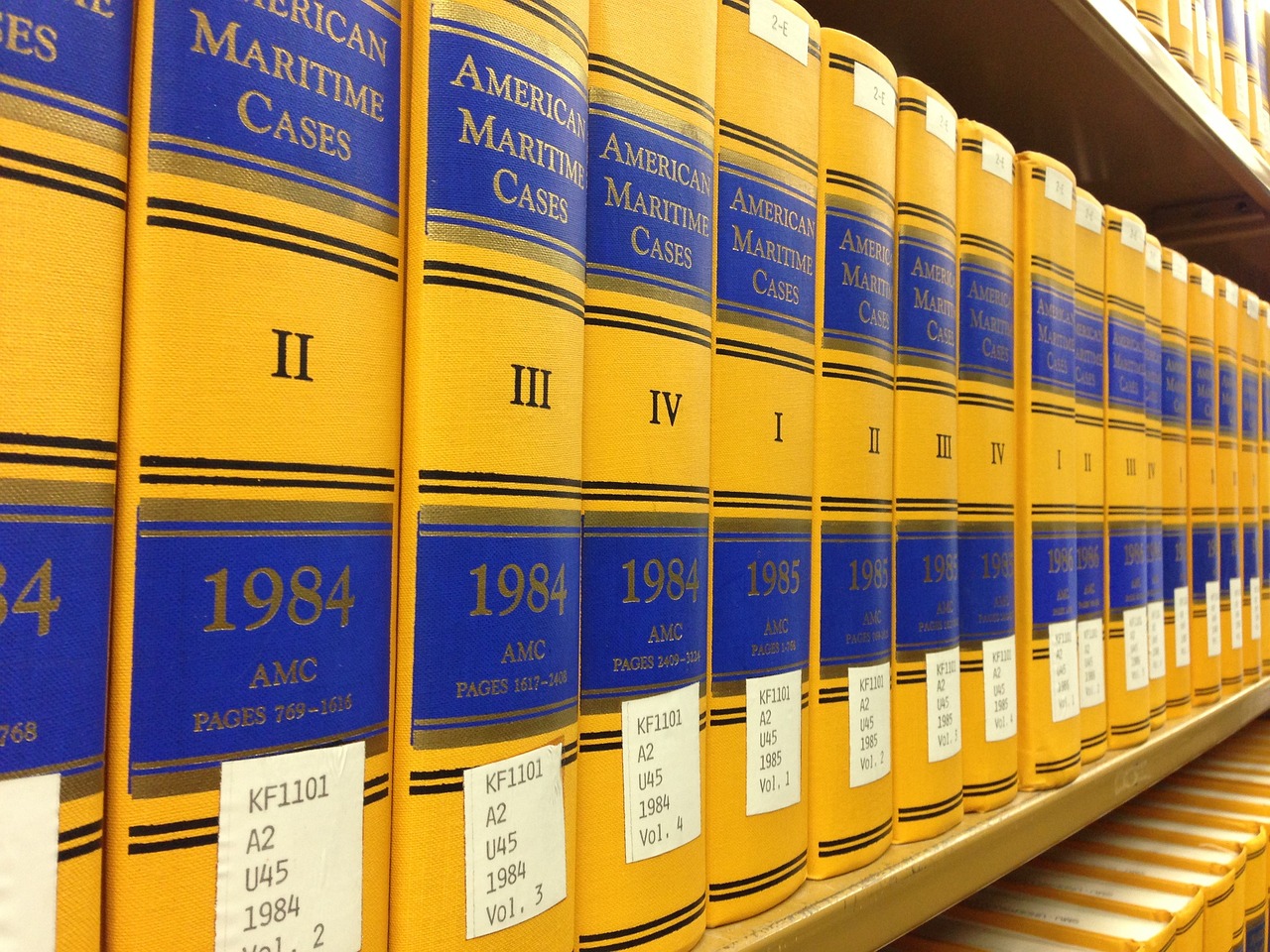
Law and Governance
Ancient Rome's impact on modern society is profound and far-reaching, shaping various aspects of contemporary culture, governance, architecture, and language. Understanding these influences provides insights into the development of modern civilization.
The Roman legal system, with its emphasis on justice, equality, and the rule of law, has served as a foundation for modern legal systems. Concepts such as due process, civil rights, and the separation of powers trace their origins to Roman jurisprudence.
Additionally, the Roman governance structure, with its intricate balance of power between the Senate, magistrates, and assemblies, laid the groundwork for modern democratic principles. The idea of a republic where citizens have a say in decision-making processes has influenced modern political systems worldwide.
Moreover, the concept of written laws and the establishment of legal codes by the Romans have provided a framework for the development of legal systems in contemporary societies. The legacy of Roman legal principles can be seen in the establishment of constitutional rights and the protection of individual liberties.
Furthermore, the Roman practice of appointing officials to oversee specific areas of governance, such as finance, military, and public works, has influenced the concept of specialized government departments in modern administrations. This division of responsibilities ensures efficient governance and accountability in decision-making processes.
In conclusion, the influence of Roman law and governance on modern society is undeniable, shaping the legal framework, political institutions, and administrative practices that govern contemporary civilizations.
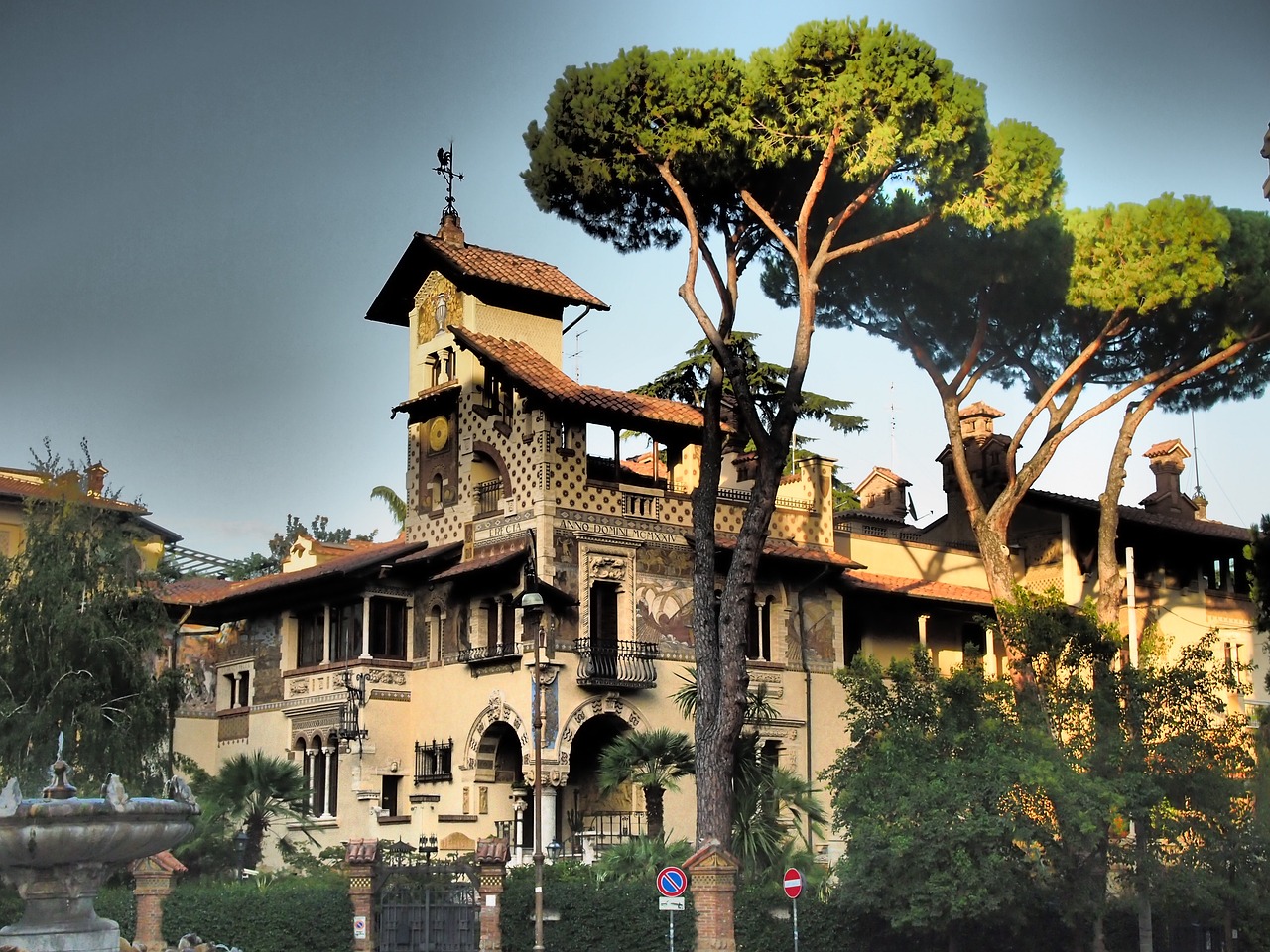
Language and Literature
Language and literature play a pivotal role in showcasing the enduring influence of ancient Rome on modern society. The Latin language, originating from ancient Rome, serves as a cornerstone for various modern languages, providing a rich vocabulary base for fields such as science, law, and academia. The widespread use of Latin terms and phrases in specialized fields underscores the lasting legacy of Roman literature and culture.
Moreover, the impact of Roman literature extends beyond language, influencing storytelling techniques and literary themes in contemporary works. The epic narratives of Roman poets like Virgil and Ovid have inspired generations of writers, shaping the foundation of Western literary tradition. The moral lessons and historical accounts depicted in Roman texts continue to resonate with modern audiences, showcasing the timeless relevance of ancient Roman literary works.

Political Institutions
The influence of Ancient Rome on modern political institutions is undeniable, as many foundational concepts in governance have roots in Roman political philosophy and administration. The Roman Republic, with its system of elected officials and assemblies, laid the groundwork for representative democracy in modern societies. The idea of checks and balances, where different branches of government hold each other accountable, can be traced back to the Roman concept of magistrates and the Senate. Additionally, the notion of citizenship rights, including the idea of legal protections and participation in civic life, finds its origins in Roman law and governance.
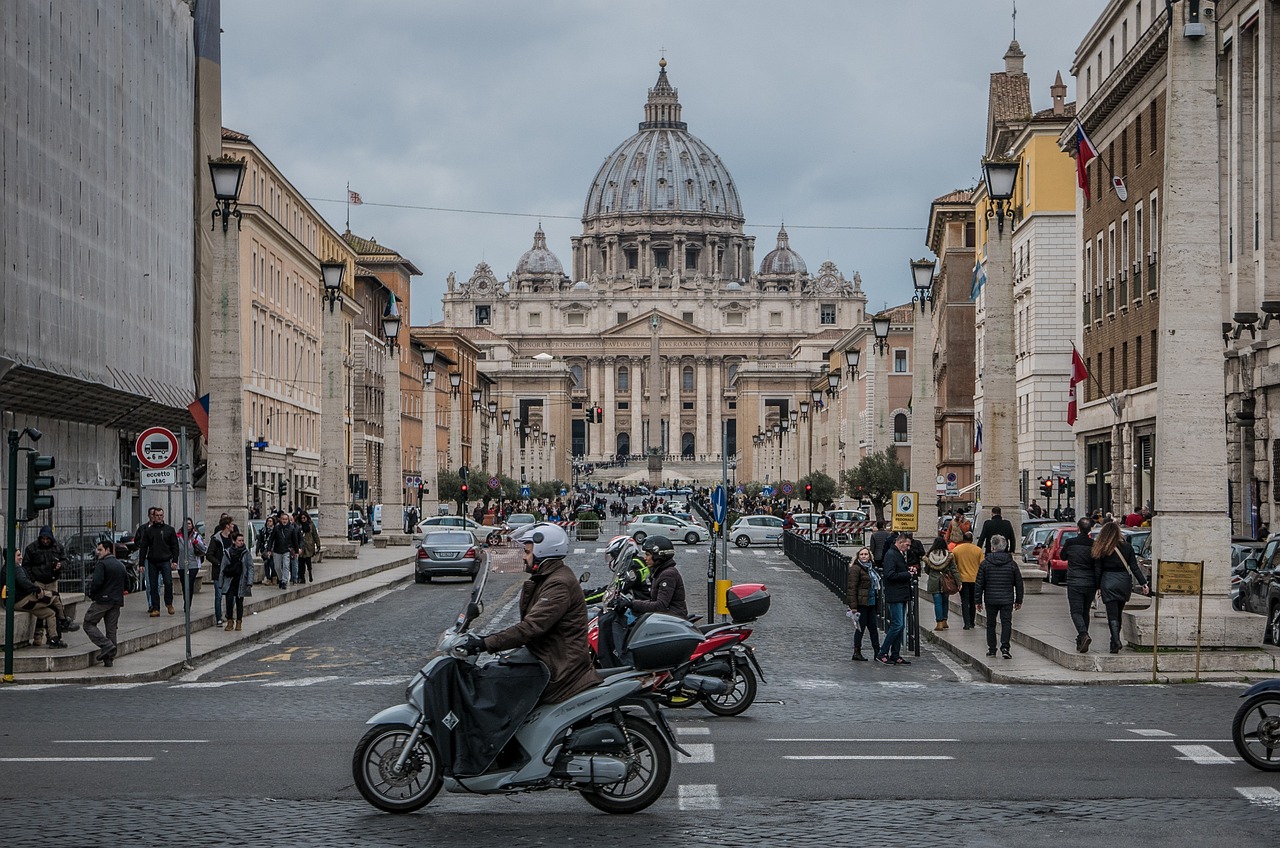
Urban Planning and Infrastructure
Urban planning and infrastructure in ancient Rome were remarkably advanced for their time, setting the stage for modern city design and development. The Romans were pioneers in creating organized urban spaces that catered to the needs of a growing population. The grid layout of Roman cities, with straight roads intersecting at right angles, allowed for efficient movement of people and goods. This meticulous planning not only facilitated transportation but also contributed to the social and economic vitality of Roman settlements.
One of the most iconic features of Roman urban infrastructure was the extensive network of aqueducts that supplied water to cities, public baths, and fountains. These engineering marvels showcased the Romans' ingenuity in harnessing natural resources to meet the needs of urban dwellers. The aqueducts not only provided clean water for drinking and sanitation but also supported the development of vibrant public spaces where people could gather and socialize.
In addition to aqueducts, Roman cities were known for their well-planned public amenities, such as forums, theaters, and amphitheaters. These communal spaces served as centers of civic life, where residents could engage in political, social, and cultural activities. The design of these public structures reflected the Romans' emphasis on creating functional yet aesthetically pleasing environments that promoted community interaction and cohesion.
Furthermore, Roman urban planning incorporated the construction of paved roads that connected different parts of the empire, facilitating trade, communication, and military conquests. The development of a vast network of roads, known as the Roman road system, not only enhanced transportation efficiency but also fostered economic growth and cultural exchange across the empire. The durability and strategic layout of Roman roads have influenced modern road engineering practices and infrastructure development.
Overall, the legacy of Roman urban planning and infrastructure can be seen in the orderly layout of cities, the provision of essential services, and the creation of vibrant public spaces that continue to shape modern urban environments. By studying the principles and innovations of Roman city planning, we gain valuable insights into the evolution of urban design and the enduring impact of ancient Rome on contemporary society.

Art and Iconography
Roman art and iconography hold a significant place in the annals of human creativity, leaving an indelible mark on the artistic landscape of modern society. The artistic expressions of ancient Rome, characterized by a blend of realism, symbolism, and grandeur, continue to captivate and inspire contemporary artists and designers across the globe. The intricate mosaics, vibrant frescoes, and majestic sculptures crafted by Roman artisans reflect not only the technical mastery of the time but also the cultural depth and storytelling prowess embedded within each piece.
One of the most enduring legacies of Roman art lies in its influence on aesthetic sensibilities and artistic techniques in the present day. The meticulous attention to detail, the skillful use of color and form, and the ability to convey complex narratives through visual mediums have all become hallmarks of artistic expression in the modern era. From the majestic statues adorning public spaces to the intricate mosaics gracing private villas, Roman art continues to serve as a wellspring of inspiration for contemporary creators seeking to imbue their works with a sense of timelessness and meaning.
Moreover, the rich tapestry of Roman iconography, with its depictions of gods, heroes, and everyday life, provides a window into the cultural, religious, and social fabric of ancient Rome. The symbolic language employed by Roman artists to convey moral, political, and mythological themes transcends the boundaries of time and space, resonating with audiences centuries after their creation. The enduring appeal of Roman art and iconography lies not only in its aesthetic beauty but also in its ability to evoke emotions, provoke thoughts, and spark imaginations in those who behold it.
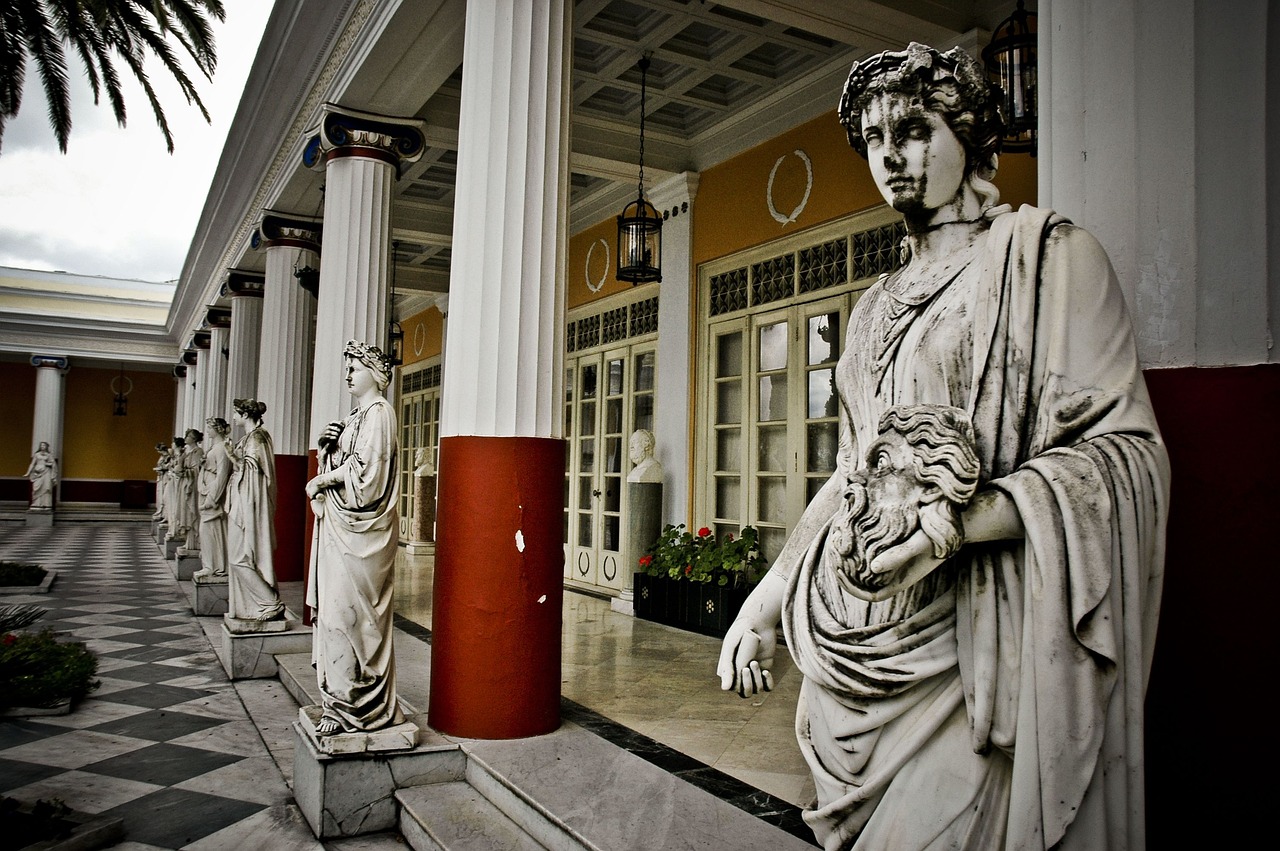
Religion and Mythology
Religion and mythology played a significant role in ancient Roman society, influencing not only their spiritual beliefs but also shaping the cultural landscape of the time. The Romans worshipped a pantheon of gods and goddesses, with each deity governing specific aspects of life and nature. These gods were often depicted in human form, reflecting the anthropomorphic nature of Roman religion.
One of the most notable aspects of Roman religion was the assimilation of deities from other cultures into their pantheon. This syncretism allowed the Romans to incorporate foreign gods into their belief system, adapting them to fit within the framework of their existing mythology. For example, the Greek god Zeus was equated with the Roman god Jupiter, highlighting the interconnectedness of ancient Mediterranean cultures.
Mythology also played a crucial role in Roman society, providing narratives that explained the origins of the world, the actions of the gods, and the heroic deeds of legendary figures. These myths served as a foundation for religious rituals, festivals, and cultural practices, reinforcing the importance of divine intervention in everyday life.
The influence of Roman religion and mythology extended beyond the borders of the empire, impacting subsequent civilizations and shaping the development of Western religious traditions. The spread of Roman cults and rituals, such as the worship of Mithras or Isis, influenced the religious practices of diverse cultures and laid the groundwork for the emergence of new belief systems.
Furthermore, Roman mythology has left a lasting legacy in literature, art, and popular culture. The stories of gods and heroes, such as Jupiter, Venus, and Hercules, continue to inspire creative works and serve as symbols of power, love, and valor. The enduring popularity of Roman myths in modern entertainment reflects the timeless appeal of these ancient narratives.

Social Hierarchies and Class Structure
The social hierarchies and class structure of ancient Rome have had a lasting impact on modern societal norms and structures. In Roman society, individuals were categorized into distinct classes based on factors such as wealth, ancestry, and occupation. At the top of the social hierarchy were the patricians, the wealthy and influential aristocratic families who held political power and social prestige. Beneath them were the plebeians, the common citizens who made up the majority of the population but had limited rights and opportunities compared to the patricians.
Slaves occupied the lowest rung of Roman society, devoid of any legal rights and considered property of their owners. The institution of slavery was pervasive in Roman society, with slaves performing various roles in households, agriculture, and industry. The rigid class structure of ancient Rome created stark disparities in wealth, power, and privilege, with social mobility being extremely limited for individuals born into lower classes.
Moreover, the Roman social hierarchy influenced cultural practices, social interactions, and even religious beliefs. The division between the patrician elite and the common plebeians shaped social relationships and power dynamics within Roman society. The patron-client system, where wealthy patrons provided protection and support to their clients in exchange for loyalty and services, was a fundamental aspect of Roman social structure.
Understanding the Roman class system provides valuable insights into contemporary issues of social stratification and inequality. The legacy of Roman social hierarchies can be seen in modern societies, where notions of social status, privilege, and class divisions continue to influence individuals' opportunities and experiences. By examining the complexities of the Roman class structure, we can gain a deeper understanding of the enduring impact of ancient Rome on modern social structures and dynamics.
Frequently Asked Questions
- What impact did Roman architecture have on modern buildings?
Roman architectural techniques such as arches, domes, and the use of concrete have greatly influenced modern construction practices and infrastructure development. Many contemporary buildings still incorporate these elements, showcasing the lasting legacy of Roman architecture.
- How did Roman law contribute to modern legal systems?
The Roman legal system, known for its emphasis on justice, equality, and the rule of law, laid the groundwork for modern legal systems. Concepts like due process, civil rights, and the separation of powers can be traced back to Roman jurisprudence, shaping legal frameworks around the world.
- What role did Latin play in shaping modern languages?
Latin, the language of ancient Rome, has had a profound impact on modern languages, especially in fields like science, law, and academia. Many English words and phrases have Latin roots, reflecting the enduring influence of Roman literature and culture on language development.
- How did Roman political institutions influence modern governance structures?
The Roman Republic and Empire established enduring political institutions and practices that have shaped modern governance structures. Concepts like representative democracy, checks and balances, and citizenship rights find their origins in Roman political philosophy and administration.















